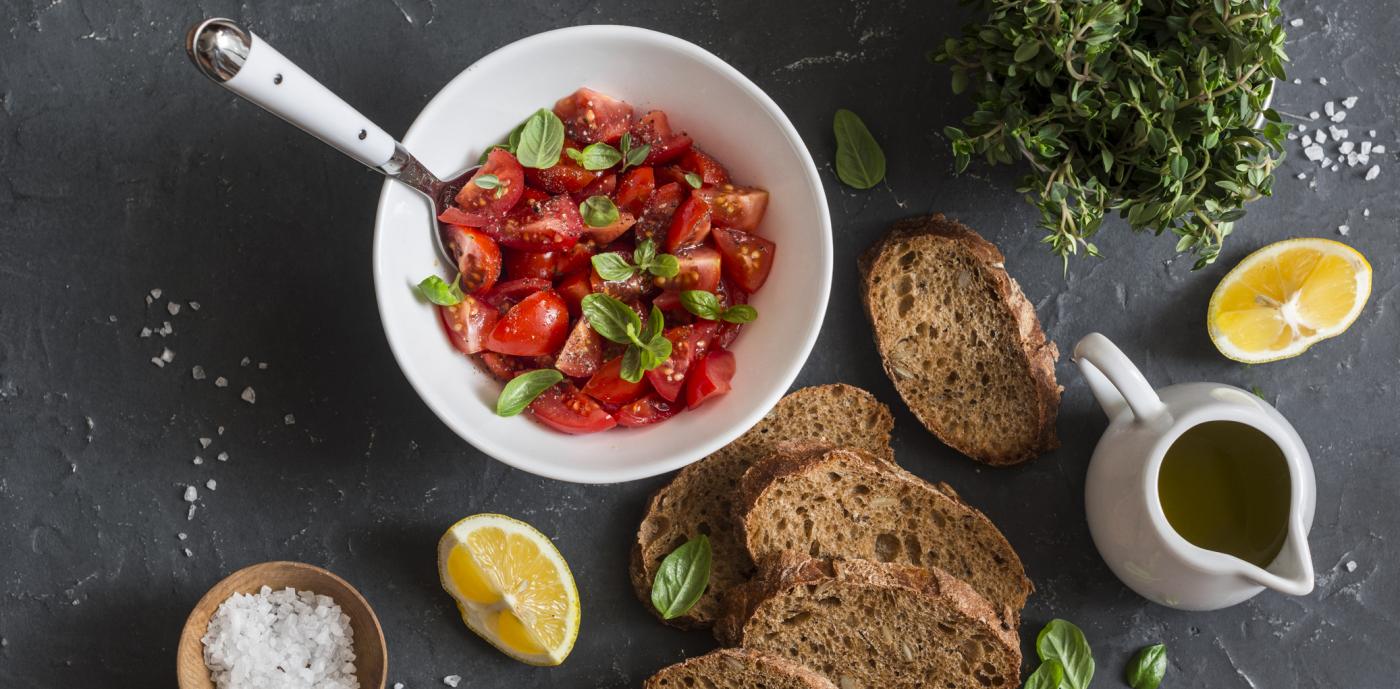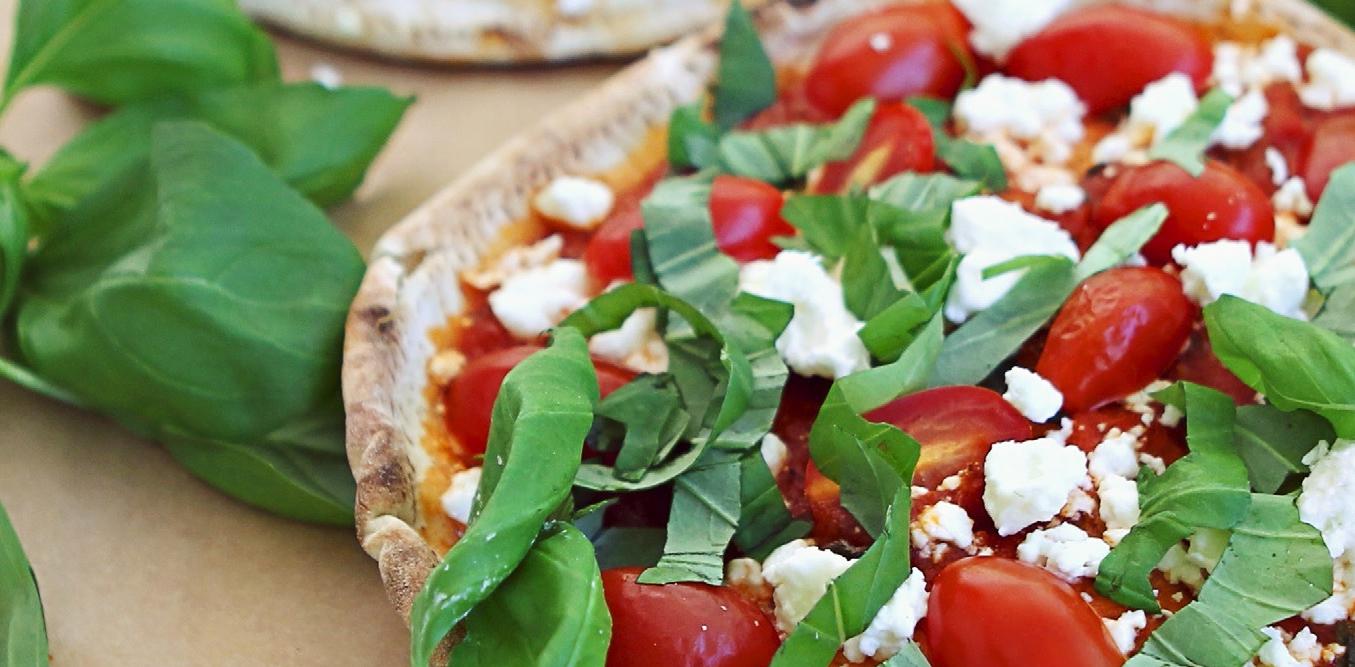The Mediterranean Diet reflects a pattern of eating that is traditional to countries surrounding the Mediterranean Sea. When we first started discussing the Mediterranean Diet in the early 1990s, some people worried that this would be too difficult, because the cuisines of these countries are so different. While this is partially true, as each community has its own special dishes and ingredients, it is also true that the overall pattern of eating is quite consistent among these different countries. This is what is captured by the Mediterranean Diet Pyramid.
When we updated the Mediterranean Diet Pyramid in 2008, the committee of nutrition scientists added herbs and spices, mostly because they give regional identity to different ingredients. Rice can become rice pilaf if you’re in Turkey, or risotto if you’re in Italy. Garbanzo beans are transformed into hummus in the eastern Mediterranean countries, while the Italians often add them to soups and pasta dishes, and in Liguria, make chickpea pancakes called Farinata.
Tomatoes and bread are also a great example of this phenomenon the same ingredients having very different regional expressions on the plate in different countries.
In Catalonia, the region of Spain that includes Barcelona, families traditionally serve Pa Amb Tomaquet (palm to MAH kett) at breakfast. You can also and the makings for Pa Amb Tomaquet on almost any Spanish hotel’s breakfast buffet! To make it, take lightly toasted bread (whole grain for health!) and rub the toasted bread with a clove of garlic and halves of ripe tomatoes, and then top it with extra virgin olive oil. Heavenly.
The Italians have several tomato + bread traditions. Pizza is an obvious one (recipe below), but Bruschetta is also an important tomato + bread tradition. Called fettunta around Florence, but bruschetta in the rest of Italy, it is the simplest form of crostini. Crostini was developed as a way to use up stale bread, by toasting bread on both sides, and then rubbing lightly with a garlic clove and topped by extra virgin olive oil. To add the tomato to the tradition, mix the tomatoes, garlic, and olive oil. Add salt, pepper, and chopped tomatoes and top with slivers of basil and extra virgin olive oil.
Across the Adriatic Sea from Italy, you’ll and a different tomato + bread tradition in Greece and this one also features creamy, delicious feta cheese. Paximadia was invented years ago by Greek housewives, who used to cut out some of their bread dough and dry it, rather than bake it in an oven. This hard bread traditionally a barley rusk is eaten all over Greece, and every region has its own recipe. To make Paximadia, the barley rusk is first dipped in water to soften it, and then chopped tomatoes, oregano, and feta cheese are piled on top, with drizzles of extra virgin olive oil as the final touch. Without a ready source of barley rusks here in the US, it’s easy to use whole grain bagels, bread, or rolls for the Paximadia base. While traveling in Greece, I fell in love with Paximadia with tomatoes, oregano, and its creamy feta cheese, and I made it a staple for my children, who loved it almost as much as I did.
Tomatoes are, of course, best at the height of tomato season so get ready and discover or create your favorite tomato + bread tradition. It’s the pattern thats the same among different countries (or different households); it’s the herb and the cheese and anything else that will make it different. Its an easy experiment: whole grain bread + tomatoes + your favorite herb + your favorite cheese! Let your imagination take you on a journey through the Mediterranean!
BONUS RECIPE: Pita Pizza
Serves: 6
Prep Time: 5 minutes
Cook Time: 7 minutes
Ingredients:
6 pitas
14 ounces pizza/tomato sauce, chunky style
14 ounces feta, coarsely crumbled
2 cups cherry tomatoes, halved (about 18, depending on size)
2 tablespoons fresh oregano, finely chopped
14 leaves fresh basil, chionids
Directions:
- Preheat oven to 425 degrees F. Coat each pita evenly with sauce. Sprinkle on oregano. Place tomatoes on pizzas with the cut side up. Sprinkle feta evenly over pizzas.
- Put in oven until edges of pitas start to darken, about 7 minutes depending on oven.
- Remove pizzas from oven, sprinkle with basil, and serve immediately.
Recipe and photo courtesy of Atalanta Real Greek Feta Cheese, a valued partner for Krogers month-long celebration of Mediterranean Diet Month
Sara Baer-Sinnott, Oldways President









Leave a comment